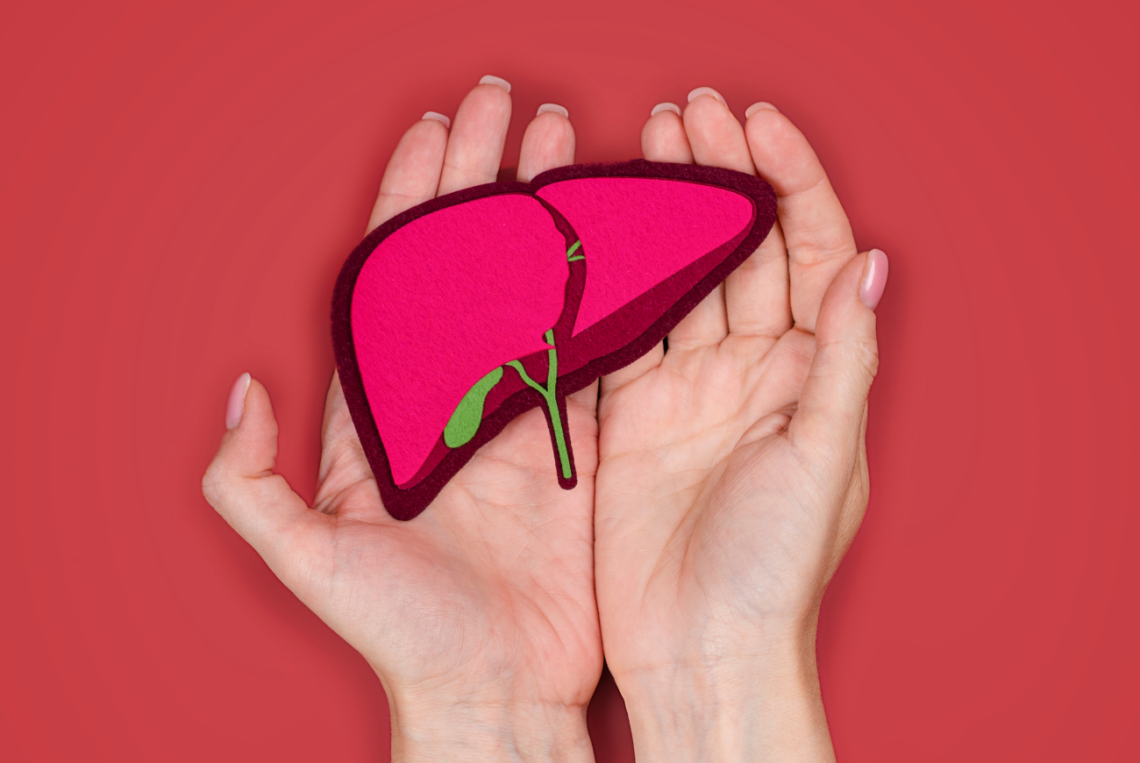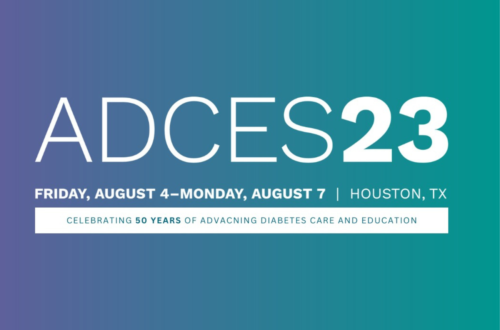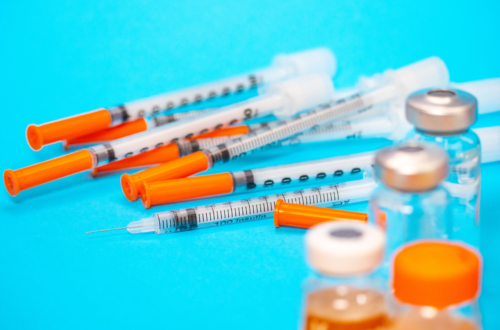
Fatty Liver on the Rise: What You Need to Know
A recent study published in the Journal of the American Medical Association estimates that over 40% of the U.S. population will develop metabolic dysfunction–associated steatotic liver disease (MASLD), commonly known as fatty liver, by 2050—equating to approximately 122 million adults.
This number is both astounding and concerning, especially as fatty liver disease is rapidly becoming one of the leading causes of liver transplants—and a new liver isn’t easy to come by. In fact, the study predicts that liver cancer cases will double, while the need for liver transplants will quadruple.
This raises an urgent question: What is being done to curb the rising prevalence of fatty liver disease? Let’s take a closer look at the study, its projections, and why they matter.
What Is Fatty Liver Disease?
Fatty liver disease occurs when excess fat accumulates in the liver. It’s generally linked to metabolic conditions like obesity, insulin resistance, type 2 diabetes, and dyslipidemia. There are two main types.
MASLD
MASLD (metabolic dysfunction-associated steatotic liver disease) is a condition in which fat accumulates in the liver without significant inflammation or damage. It was formerly known as non-alcoholic fatty liver disease (NAFLD). Early-stage MASLD is reversible with lifestyle changes.
MASH
MASH (metabolic dysfunction-associated steatohepatitis) is a more severe form of fatty liver disease, where fat accumulation leads to inflammation and liver cell damage. It was previously known as non-alcoholic steatohepatitis (NASH).
MASH increases the risk of fibrosis, cirrhosis, liver failure, and liver cancer. While it is more difficult to reverse than early-stage MASLD, early intervention can slow or stop progression.
Why Does Fatty Liver Develop?
The causes of fatty liver are multifactorial, but in short, excess fat accumulation is primarily driven by metabolic imbalances and lifestyle factors.
Normally, the liver regulates fat metabolism and storage. However, when fat accumulation exceeds the liver’s capacity to process it, excess fat begins to build up in the liver. This happens for a few reasons:
- Insulin Resistance—When the body becomes resistant to insulin, the liver compensates by producing more glucose and storing more fat, which drives accumulation in the liver.
- Poor Diet—Ultra-processed carbs, refined sugars, and saturated fat increase fat production in the liver. High fructose corn syrup is especially problematic.
- Sedentary Lifestyle—A lack of physical activity reduces the body’s ability to burn fat, worsening the condition.
- Clinical Obesity—Excess visceral fat increases fat deposits in the liver.
- Dyslipidemia—High triglycerides and LDL cholesterol contribute to liver fat accumulation.
- Genetic Factors—Some individuals have a genetic predisposition to store more fat in the liver. Those of Hispanic origin seem to have highest prevalence.
While alcohol-related fatty liver disease is distinct from MASLD, excessive alcohol intake can contribute to liver fat accumulation and inflammation.
The Progression of Fatty Liver Disease
While early-stage fatty liver is usually asymptomatic, if left unmanaged, it can lead to liver inflammation, progressing to MASH, fibrosis, cirrhosis, liver failure, or even liver cancer. Fatty liver disease progresses through four main stages, ranging from mild fat accumulation to severe liver damage.
1. Steatosis (Fatty Liver)
In this stage, fat builds up in the liver, but there is no significant inflammation or damage. It is generally considered reversible with lifestyle changes.
2. Metabolic Dysfunction-Associated Steatohepatitis (MASH)
In this stage, fat accumulation leads to inflammation and liver cell damage. Some people may experience fatigue or mild discomfort, while others remain asymptomatic. If left untreated, MASH increases the risk of long-term liver damage and progression to fibrosis.
3. Fibrosis (Scar Tissue Formation)
Persistent inflammation causes scar tissue to form around liver cells. While the liver can still function, the damage begins to affect blood flow. In some cases, this stage can be reversed with treatment.
4. Cirrhosis (Advanced Stage)
In this final stage, extensive scar tissue replaces healthy liver cells, leading to liver dysfunction. Symptoms may include jaundice, fluid retention, confusion, and severe fatigue. The damage is irreversible and can often result in liver failure or cancer.
The good news is that lifestyle changes—such as healthier eating, exercise, and weight loss—can reverse many cases of fatty liver.
The JAMA Study: Forecasting the Impact
This study used a modeling approach to project the future burden of fatty liver disease in the United States. Researchers simulated 2.8 million people (the U.S. population in 2000) and tracked them until 2050. The model mapped the progression of fatty liver, from early steatosis to MASH, fibrosis, cirrhosis, and liver-related deaths.
By incorporating the likelihood of disease progression, the study provides a more realistic projection of how fatty liver disease may evolve and identifies opportunities for intervention.
Rising MASLD Prevalence
MASLD prevalence is projected to increase from 33.7% in 2020 to 41.4% (121.9 million people) by 2050. While the largest increase is projected among the oldest adults—a 300% rise in people aged 80 and older—nearly all age groups are expected to see a rise in prevalence, including those in their 40s, 50s, and 60s.
Increase in Severe Liver Disease
Cases of MASH will increase from 14.9 million (5.8% of U.S. adults) in 2020 to 23.2 million (7.9%) by 2050. Fibrosis cases (F2 or higher) will increase by 75%, leading to a greater burden of advanced liver disease.
Surge in Liver Cancer and Transplants
The model predicts that by 2050, the number of new liver cancer cases will nearly double, increasing up to 22,440 per year. Meanwhile, the need for liver transplants is expected to quadruple. In most cases, liver donors come from recently deceased individuals, making organ availability a critical challenge.
Increase in Liver-Related Deaths
MASLD-related liver deaths will triple, from 30,500 in 2020 to 95,300 in 2050, accounting for 2.4% of all adult deaths.
Why This Study Is Important
An updated estimate of disease burden is essential for effective planning. While overestimation can lead to resource misallocation and unnecessary public concern, underestimation may result in inadequate preparation and delays in implementing preventive measures.
Healthcare Planning
Findings from this study emphasize the urgent need for healthcare systems to prepare for the increasing burden of fatty liver-related complications. With cases expected to rise significantly, healthcare providers must anticipate greater demand for liver transplants, cancer treatments, and specialized care for advanced liver disease. This growing burden will likely add further strain to an already stretched healthcare system, making early intervention and preventive strategies more critical than ever.
Investment in Research
Given the limited FDA-approved treatments for fatty liver disease, greater investment in pharmacologic research is essential to developing effective therapies that target MASLD and MASH. While lifestyle modifications remain the primary intervention, many patients struggle to achieve sustained improvements through diet and exercise alone.
Prevention and Public Policy Solutions
Strategies that focus on prevention—like healthy eating, physical activity, and weight management—are essential in addressing the rising burden of fatty liver disease. Early intervention through lifestyle changes can significantly reduce the risk of disease progression.
Public health policies that promote better nutrition and broader access to metabolic care will be crucial. Expanding awareness campaigns, implementing community-based wellness programs, and integrating routine screening for fatty liver in high-risk populations can help detect and manage the disease earlier.
Key Takeaways
This study presents the most up-to-date and comprehensive projection of fatty liver disease in the United State, reinforcing the urgent need for prevention, early intervention, and healthcare system preparedness to address the rising burden of liver disease over the next 30 years.
- Younossi ZM, Rinella ME, Sanyal AJ, et al. From nafld to mafld: implications of a premature change in terminology. Hepatology. 2021;73(3):1194-1198. doi:10.1002/hep.31420
- Le P, Tatar M, Dasarathy S, et al. Estimated burden of metabolic dysfunction–associated steatotic liver disease in us adults, 2020 to 2050. JAMA Netw Open. 2025;8(1):e2454707. doi:10.1001/jamanetworkopen.2024.54707
- Todoric J, Di Caro G, Reibe S, et al. Fructose stimulated de novo lipogenesis is promoted by inflammation. Nat Metab. 2020;2(10):1034-1045. doi:10.1038/s42255-020-0261-2
- Allen AM, Lazarus JV, Younossi ZM. Healthcare and socioeconomic costs of NAFLD: A global framework to navigate the uncertainties. Journal of Hepatology. 2023;79(1):209-217. doi:10.1016/j.jhep.2023.01.026


You May Also Like

Double Diabetes: Supporting Patients Through the Diagnostic Overlap
April 1, 2025
ADCES23: A Mecca for Diabetes Care & Education
August 8, 2023



